Choosing the Right Wood for Your Woodworking Projects
- August 1, 2023
- 0 comment
When starting a woodworking project, one of the most important decisions is choosing the right wood. The type of wood you select affects the project’s look, durability, and overall success.

With so many types of woodworking wood to choose from, it can feel overwhelming. To simplify the process, let’s dive into the differences between softwood and hardwood, explore their unique traits, and discover the best wood for projects like furniture, DIY builds, and beginner-friendly crafts.
Understand Your Project’s Needs
Before beginning a woodworking project, determine the specific needs of your piece. For example, the wood for an outdoor bench must endure weather exposure, while a decorative mantelpiece demands intricate detailing. Ask yourself key questions: Is the project for indoor or outdoor use? How much wear and tear will it face? Will it need to resist moisture or temperature changes? These factors are essential when choosing wood for woodworking.
Hardwood or Softwood?
Wood falls into two main categories: hardwood and softwood, a distinction based on the tree’s biology rather than the wood’s actual hardness.
- Hardwoods come from deciduous trees like oak, walnut, and mahogany. These trees grow slowly and shed their leaves annually, resulting in denser, more durable wood. Hardwoods are ideal for furniture, flooring, and projects requiring strength. Their rich colors and striking grain patterns make them popular for elegant designs.
- Softwoods, derived from coniferous trees like pine, spruce, and fir, grow quickly and remain evergreen. Softwoods are lighter, easier to work with, and perfect for beginner woodworking wood projects. Their even texture and light color make them excellent for painting, staining, or DIY woodworking wood builds. Softwoods are commonly used for framing, outdoor furniture, and budget-friendly projects.
Popular Wood Types and Their Uses
1. Oak

Oak is a highly sought-after type of woodworking wood known for its incredible strength, durability, and resistance to fungal attacks. Its bold, pronounced grain patterns add character, making it a top choice for furniture, flooring, and even barrels for aging wine and whiskey, thanks to its ability to enhance flavor.
Fun Facts
- Oak trees can live up to 1,000 years!
- Acorns from oak trees are an important food source for wildlife.
- Oakwood was a staple in European naval shipbuilding because of its unmatched strength and durability.
2. Pine
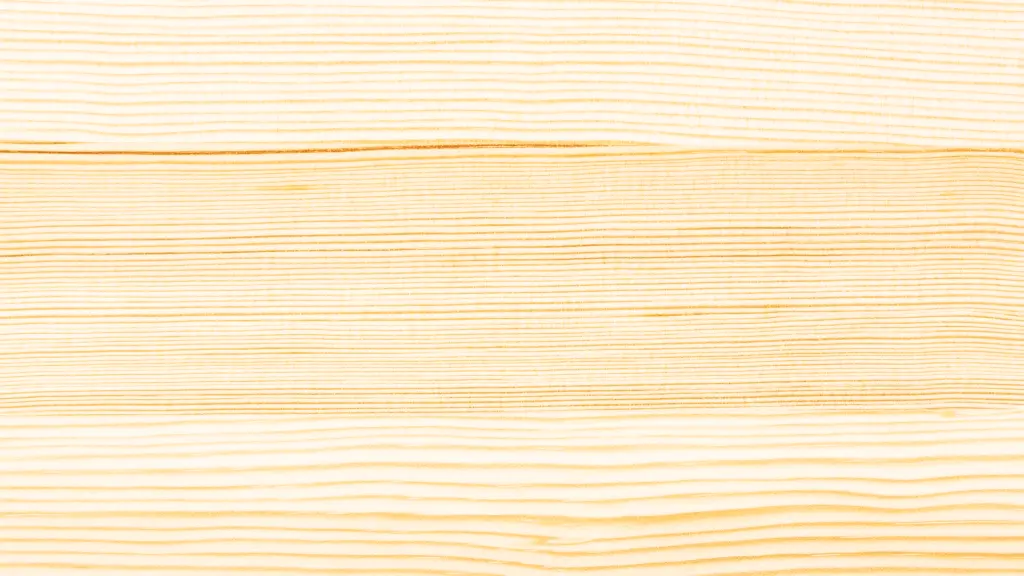
Pine is a popular woodworking wood type, especially for beginners, thanks to its abundance, affordability, and ease of use. Its soft texture makes it forgiving to work with, and its ability to absorb paint effortlessly makes it a go-to choice for projects needing vibrant colors. Pine’s natural pitch also gives it a pleasant aroma and provides some preservative qualities, adding to its versatility.
Fun Facts
- There are over 100 species of pine worldwide.
- Pine trees can grow exceptionally tall, with the tallest recorded Ponderosa Pine reaching over 268 feet.
- Pine sap is used to make turpentine, a key ingredient in paints and varnishes.
3. Maple
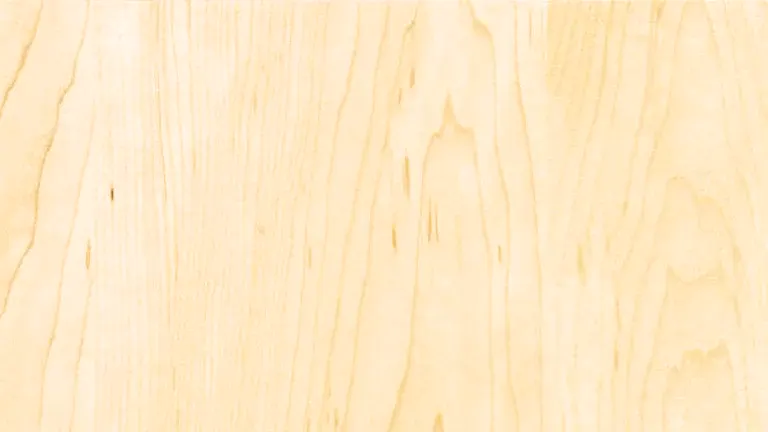
Maple is a dense and durable hardwood prized for its light color and subtle, straight grain. Its resistance to wear and abrasion makes it perfect for heavy-use items such as kitchen countertops, butcher blocks, and bowling alley floors. Additionally, maple wood is highly valued in crafting musical instruments like violins and guitars, thanks to its exceptional tonal qualities.
Fun Facts
- Maple trees are famous for their stunning fall foliage, with leaves in brilliant shades of yellow, orange, and red.
- The sap from certain maple species is used to make maple syrup.
- Maple’s tonal properties make it a top choice for crafting musical instruments.
4. Cedar
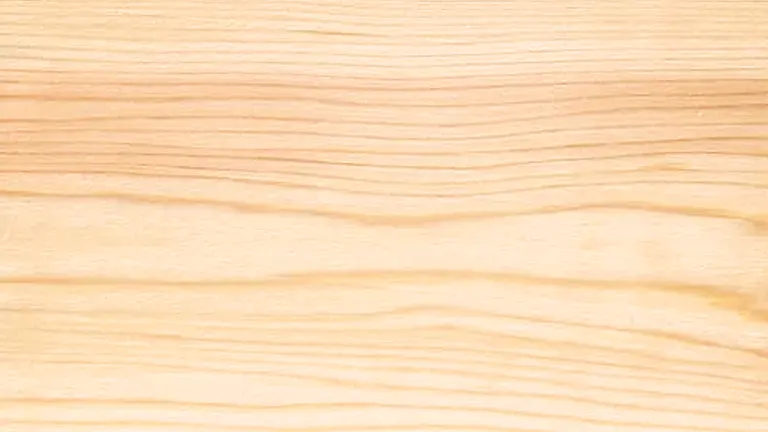
Cedar is a versatile softwood celebrated for its resistance to rot, moisture, and insect damage. Its natural oils make it a top choice for outdoor furniture, decking, and fence posts. Additionally, the pleasant aroma of cedar repels moths, making it ideal for closet linings and blanket chests.
Fun Facts
- Cedarwood’s aroma is perfect for chests and closets, helping to keep moths at bay.
- Cedar is naturally resistant to bugs, rot, and decay, making it ideal for outdoor use.
- Cedar trees can grow up to 60 meters (about 200 feet) tall.
5. Walnut
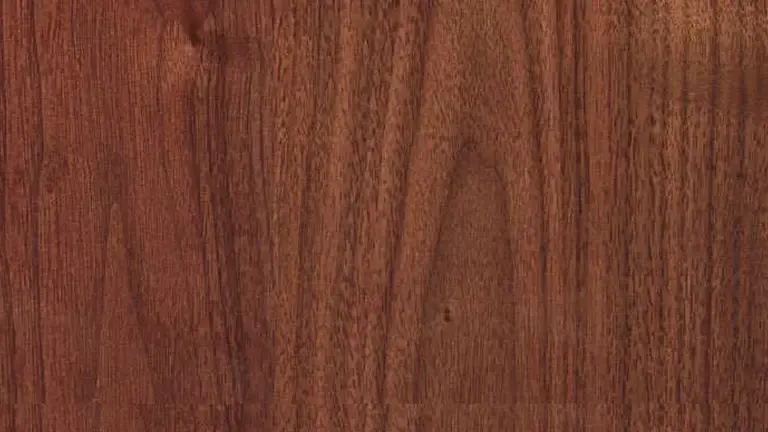
Walnut is a premium hardwood cherished for its rich, dark hues and ease of workability. Despite its strength, walnut is ideal for intricate projects that require precise cuts, such as carving, veneer, and high-end furniture. Its natural shock resistance also makes it a popular choice for crafting gun stocks and other durable items.
Fun Facts
- Walnuts have been a food source for humans for thousands of years, even before the trees were cultivated.
- The dark heartwood color in walnut trees results from a chemical reaction as the tree ages.
- Walnut wood is not only used in furniture but also in car manufacturing for luxurious interior details.
6. Teak

Teak is a tropical hardwood renowned for its outstanding durability, resistance to decay, and ability to endure extreme weather conditions. These qualities make it a top choice for outdoor furniture, boat decks, and other marine applications. While teak’s high oil content gives it a luxurious finish, it can be tricky to glue and is often more expensive than other woods.
Fun Facts
- Teak trees are native to Southeast Asia and are prized for their durability.
- Thanks to its natural oils and rubber, teak can withstand extreme weather, making it ideal for shipbuilding and outdoor furniture.
- Teak trees can grow up to 40 meters (about 131 feet) tall.
7. Bamboo

While not technically a wood, bamboo is gaining popularity in woodworking due to its remarkable strength and sustainability. Its rapid growth rate makes it an eco-friendly option for projects like flooring, furniture, and cutting boards. Bamboo’s durability and versatility have made it a favorite for modern designs and environmentally conscious woodworking enthusiasts.
Fun Facts
- Bamboo is technically a grass, not a wood!
- It’s one of the fastest-growing plants on Earth, with some species growing up to 35 inches daily.
- Bamboo has a higher compressive strength than wood, brick, or concrete and a tensile strength that rivals steel.
Be Environmentally Conscious
In today’s world, adopting sustainable practices in woodworking is more important than ever. Consider the environmental impact of your wood choice by sourcing from suppliers who practice responsible forestry. Using fast-growing species, reclaimed wood, or eco-friendly alternatives like bamboo can significantly reduce your ecological footprint while still creating beautiful and functional projects.
Understanding Wood Grain
Wood grain refers to the natural alignment of wood fibers, which affects the wood’s texture, strength, and appearance. Learning to work with the grain is essential for achieving smooth cuts and an even finish. The grain also influences how wood absorbs stains and finishes, impacting the final aesthetic of your piece. Whether you’re shaping, cutting, or sanding, understanding the grain allows you to highlight the unique characteristics of woodworking wood, adding depth and character to your projects.
Final Thoughts
The world of woodworking is as rich and intricate as the variety of woodworking wood types available. Your wood choice can elevate a project from ordinary to extraordinary. By understanding the functional needs of your project, the properties of different woods, and how to align them with your design vision, you ensure not only the success of your project but also its longevity and beauty.
Every piece of wood carries its own story. As a woodworker, your role is to let that story shine. By making informed, thoughtful choices, you’re not just building projects you’re creating a lasting legacy. Choose wisely, craft passionately, and let each project be a reflection of your care and creativity.
FAQs
- What is the easiest wood to work with for beginners?
Pine, cedar, and poplar are considered some of the easiest woods for beginners due to their softness, affordability, and availability. - Why does the type of wood matter in woodworking projects?
The type of wood can significantly impact the durability, functionality, and aesthetic of the final product. Different woods have distinct hardness, grain patterns, colors, and responses to treatment, influencing the project’s overall quality. - What is the most expensive type of wood and why?
Woods like teak, ebony, and sandalwood are among the most expensive due to their superior qualities such as strength, durability, and exquisite grain patterns, along with their scarcity and difficulties in sourcing them sustainably. - How does moisture affect wood?
Moisture can cause wood to warp, shrink, or swell, which can impact the structural integrity of a woodworking project. Some types of wood are more resistant to moisture and are better suited for outdoor projects. - What are some eco-friendly alternatives to traditional wood?
Bamboo, cork, and reclaimed wood are popular eco-friendly alternatives. They’re sustainable due to their fast growth rate (in the case of bamboo and cork) or because they make use of existing materials (reclaimed wood). - What is wood grain, and why is it important?
Wood grain refers to the orientation of the wood-cell fibers. It can significantly affect a piece’s look and feel, as well as how it reacts to cutting, staining, and finishing. - What is the difference between hardwood and softwood?
Hardwood comes from deciduous trees that lose their leaves annually, while softwood comes from coniferous trees that remain evergreen. Despite the names, hardness varies within both categories. The main differences lie in their structural characteristics and typical uses. - How does temperature affect wood?
Wood can expand or contract with temperature changes. This is why it’s important to let wood acclimate to its new environment before starting a project. - What should I consider when buying wood for my project?
Consider the project requirements, your skill level, your budget, and the wood’s color, grain, hardness, weight, and durability. Also, consider the wood’s source to ensure it’s been harvested sustainably. - How can I tell if the wood is high quality?
High-quality wood should be straight and not warped, with few knots or cracks. It should also have a uniform grain and be properly dried to prevent future warping or cracking.
We’d love to hear from you! Share your insights and experiences on choosing the right wood for your woodworking projects in the comments section below. Your knowledge could be invaluable for fellow woodworkers aiming to make the best choices for their creations!

David Murray
Forestry AuthorI'm David Murry, a forestry equipment specialist with a focus on chainsaw operation. With over 13 years of experience, I've honed my skills in operating and maintaining a wide range of machinery, from chainsaws to log splitters. My passion for the outdoors and commitment to sustainable forestry drive my work, which emphasizes safety, efficiency, and staying updated with industry advancements. Additionally, I'm dedicated to sharing my expertise and promoting environmental awareness within the forestry community.



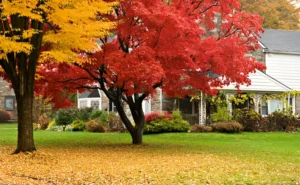


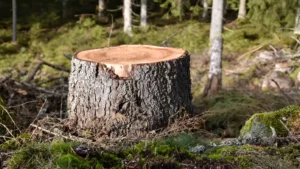






Leave your comment